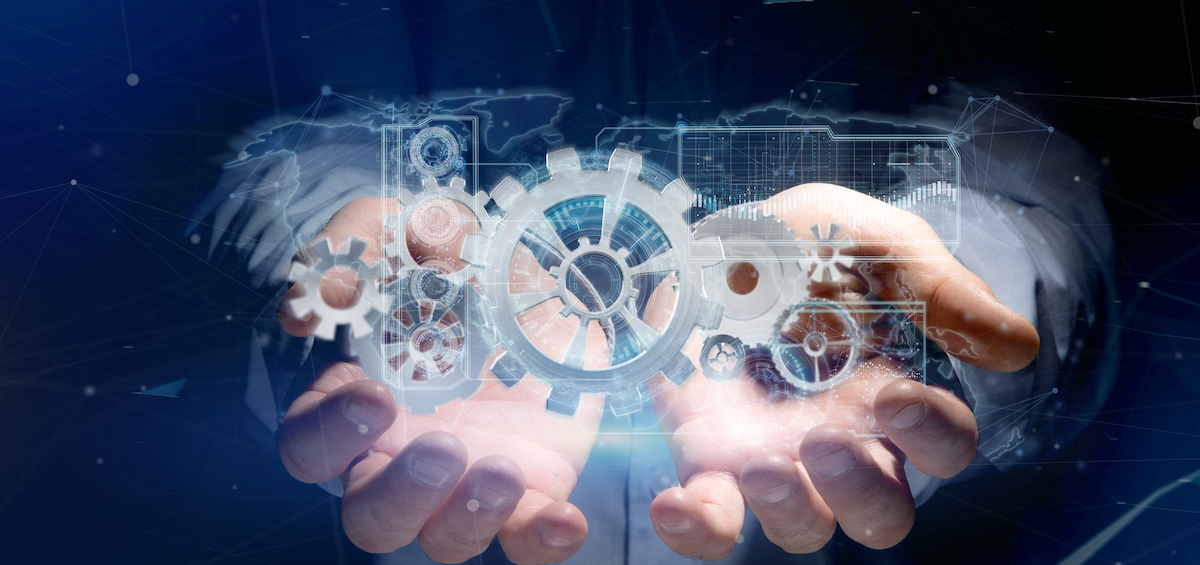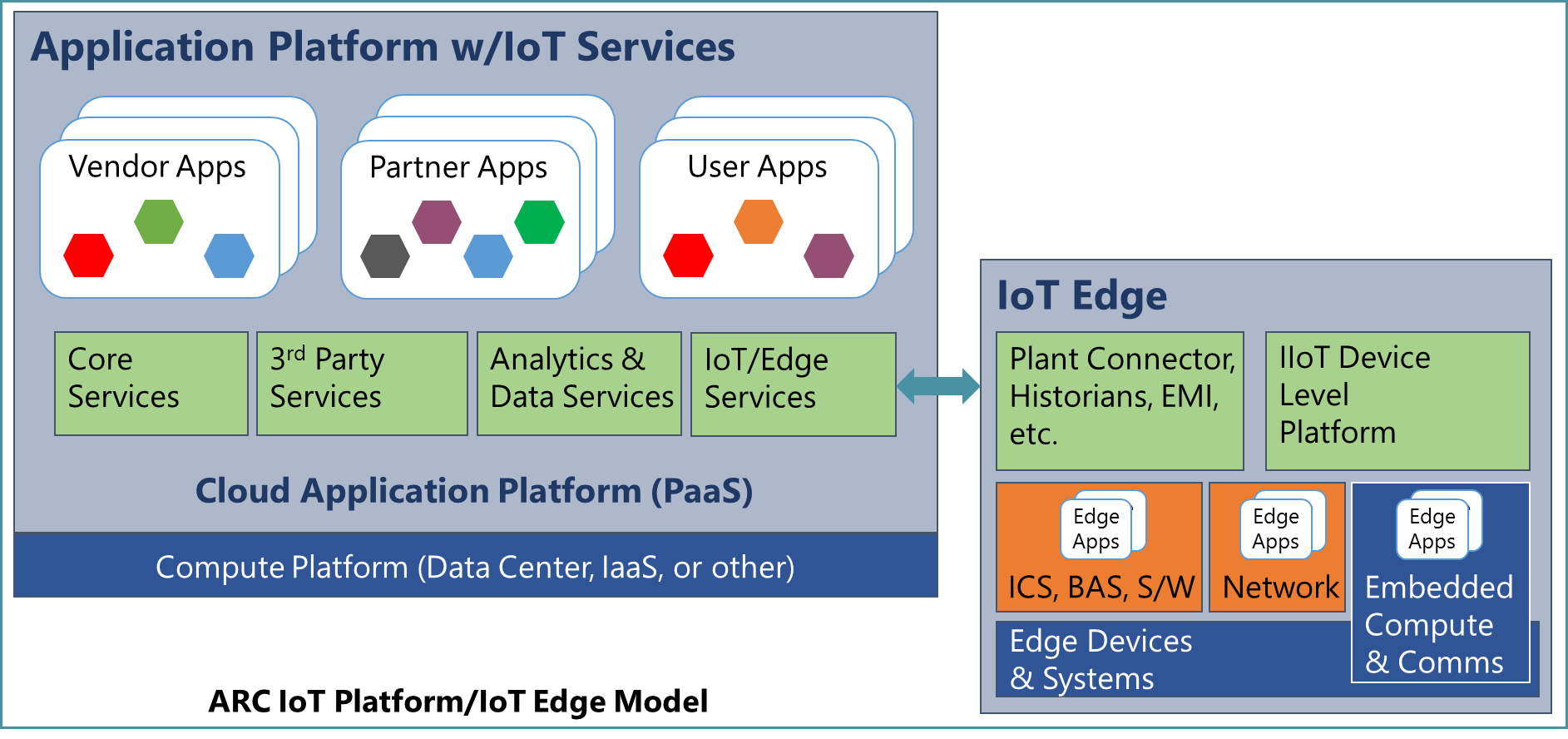Platforms for Applications and the Internet of Things
Platforms for applications and the Internet of Things (IoT) are appearing in the solution portfolio of many software and automation suppliers. Each company has its own rationale for offering a platform, but the underlying reason is that the need for these companies to move to an efficient, modern application development and deployment environment.
Industrial Internet platforms play an integral role in analytics, big data, remote asset monitoring, performance management, decision support, universal visualization, and the value chains for connected products and products-as-a-service. The ability of these applications to access, analyze, and process data is central to the IIoT value proposition.
There is still quite a bit of confusion in the marketplace about these platforms. Part of the confusion arises because the term, “platform,” is frequently applied to a variety of technologies. Computing infrastructure, operating systems, chipsets, smartphones, and a variety of other platforms are commonly encountered in technical discussions. Most of the time, it is clear from the context of the discussion, or with just a bit of clarification, what platforms are being considered. But most of the confusion has to do with the simultaneous emergence in the marketplace of both the Industrial IoT and these platforms. IIoT starts with connected physical things or devices. In many cases, a second, different platform is involved in connecting these “things.” Unfortunately, IoT device connectivity platforms and cloud application platforms with IoT functionality are often difficult to distinguish, because of the similar-sounding descriptions and attributes often used in marketing materials and websites. Upon closer inspection, it becomes clear that the former is primarily an edge platform, and the latter is primarily a cloud platform. We expect this confusion to continue, because suppliers of both edge and cloud functionality are gradually expanding their capabilities to include both.
Cloud application platforms provide a modern approach for developing and deploying software applications. The approach is gradually displacing the older client/server model, in which large complex, monolithic applications were created and run. In practice, the client/server model came to dominate both the IT and the OT software spaces in recent decades. The pace of this changeover is accelerating, however, as more companies embrace the modern platform approach.
This has sparked a platform vs. platform competition in the marketplace. Some large suppliers seek to become the dominant platform ecosystem with the broadest library of third-party applications, often complemented by automation equipment and devices. Other suppliers and smaller companies are trying to figure out just how they should compete in the emerging environment.
ARC’s IIoT Platform Model has two parts: platform and edge. Because the platform can serve a broader purpose than IIoT, we have chosen to label it, “Application Platform with IoT Services.” We have labeled the second part “IoT Edge.” More about What is Universal automation?
Application Platform w/IoT Services
The Application Platform w/IoT Services is fundamentally a cloud application platform, a Platform as a Service (PaaS). It may be built on the open source Cloud Foundry platform, or on a proprietary platform such as Microsoft Azure or Amazon Web Services, both also known for providing cloud Infrastructure as a Service (IaaS). The platform is an application development and runtime environment. As such, it may be used for IoT applications or any other application. Software is built as microservices. A basic microservice typically performs one simple function well. Basic microservices can be assembled together into more complex microservices or as complete applications. The platform vendor creates commercial applications here, and may permit third parties or customers to also build and deploy apps on the platform.
The cloud Application Platform comes with a Core set of (micro) services and development tools that can be used to build applications. A set of Analytics and Data services, together with IoT/Edge services, rounds out the basic requirements for the IoT platform. In addition, some vendors may incorporate third-party or partner services as part of their platform offering.
IoT Edge
The IoT Edge is made up of edge devices and systems, communications networks, industrial control systems, industrial software, and connectivity software or platforms (such as those offered by PTC or Telit). The edge equipment may be “smart,” that is, with their own (embedded) computing and communications capabilities that can interface to local sensors and information and run local applications or analytics. Where they are not, additional sensors and devices can be added to “dumb” infrastructure.
IoT apps can run on the edge devices, in controllers and plant software systems, or in the network switches and gateways. Depending on specific business models, latency, and processing requirements, apps may reside at the Edge, in the Fog, in the Cloud, or some combination of these.
The article was written by GREG GORBACH and originally was published here.




